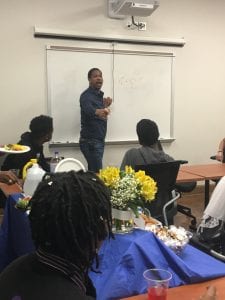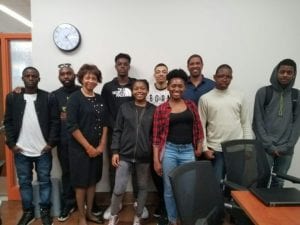Roman Town 2 Updates the Classic Social Studies Game
Return to Pompeii in Roman Town 2!
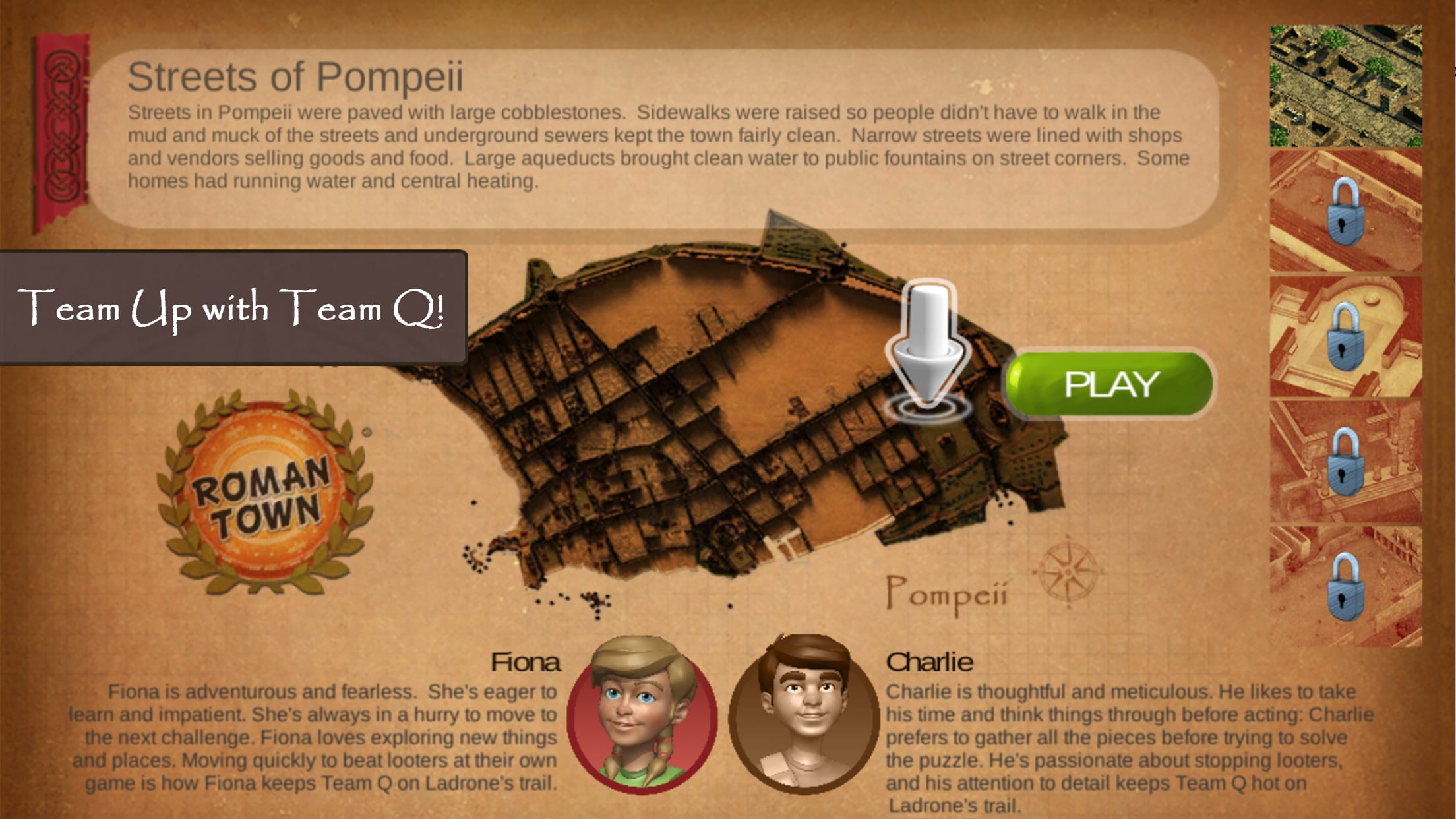
Dig-It! Games announces the return of its highly-acclaimed, debut product Roman Town in the form of Roman Town 2. This modern, revitalized version of the award-winning social studies game keeps all the charm of the original while featuring updated graphics and gameplay. While it is only currently available for iOS and HTML5, Roman Town 2 also comes to Android soon.
Join Team Q on their quest to stop the devious Ladrone from stealing the artifacts of Pompeii. In the game, play as the precocious duo Fiona and Charlie to gather information and solve puzzles that will lead them to the master thief. In order to defeat her, They will need to learn all they can about life in ancient Rome.
Interactive History
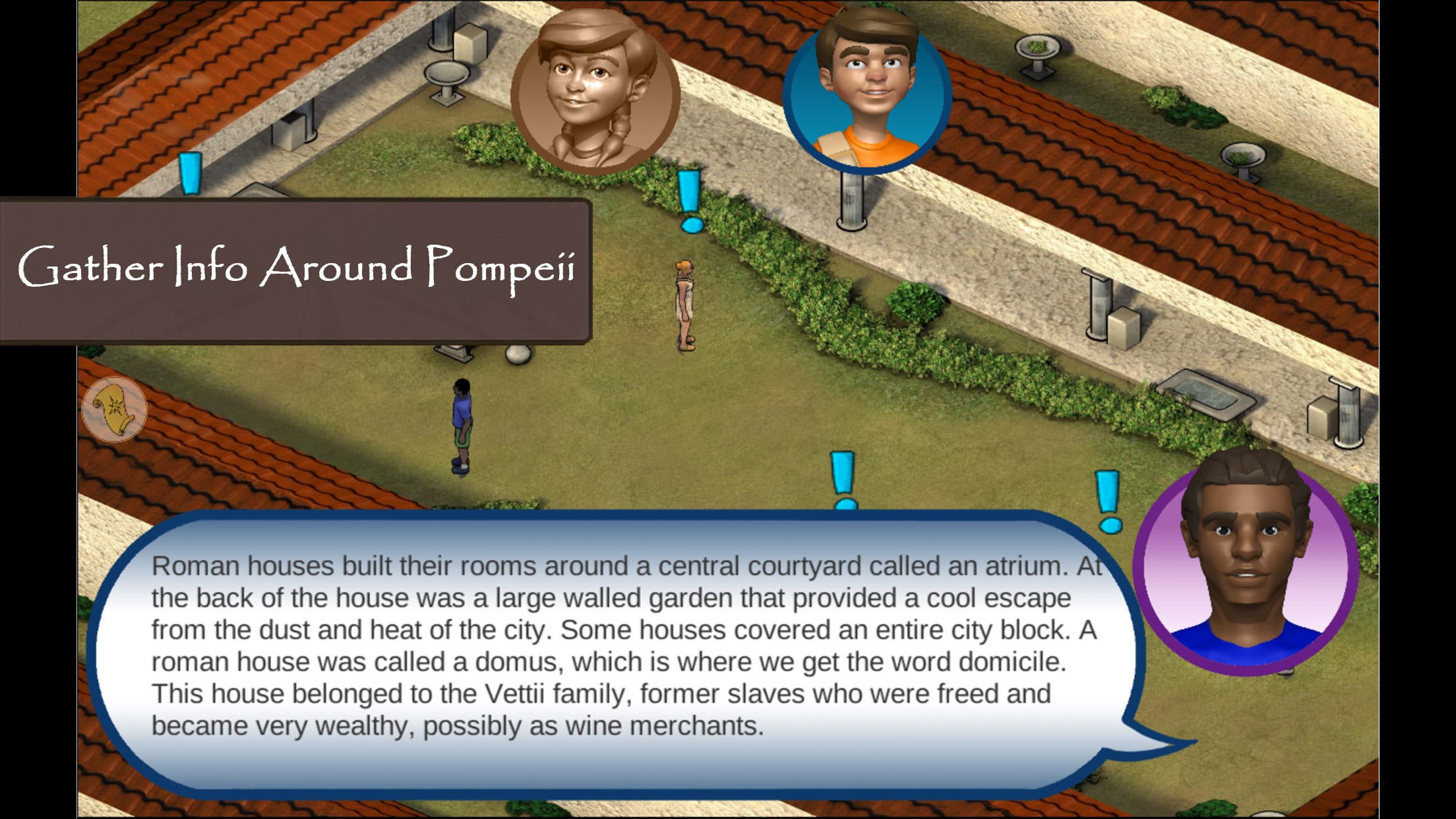
Roman Town 2 makes history come alive for students. With its basis in accurate and detailed historical information, the game encourages players to become immersed in Roman culture. However, the challenging puzzles also keep students entertained. Through conversations with characters in several locations around Pompeii, players learn all about the Roman Empire.
In order to reach the end of the game, players take on the role of both members of Team Q. Both team members tackle their own unique mini-games. Adventurous and fearless, Fiona always hurries on to the next challenge. Her favorite hobbies include catching looters and beating them at their own game. Therefore, it’s no wonder that the games Fiona plays are timed—she’s impatient and ready for what’s coming next. On the other hand, Charlie is thoughtful and meticulous. He likes to take his time and think things through. When playing as Charlie, you need to beat puzzle- and logic-based games. By playing both, students challenge their strategic thinking, spatial reasoning, memory, logic, mathematics, and more.
Critical Acclaim and Standards Alignment
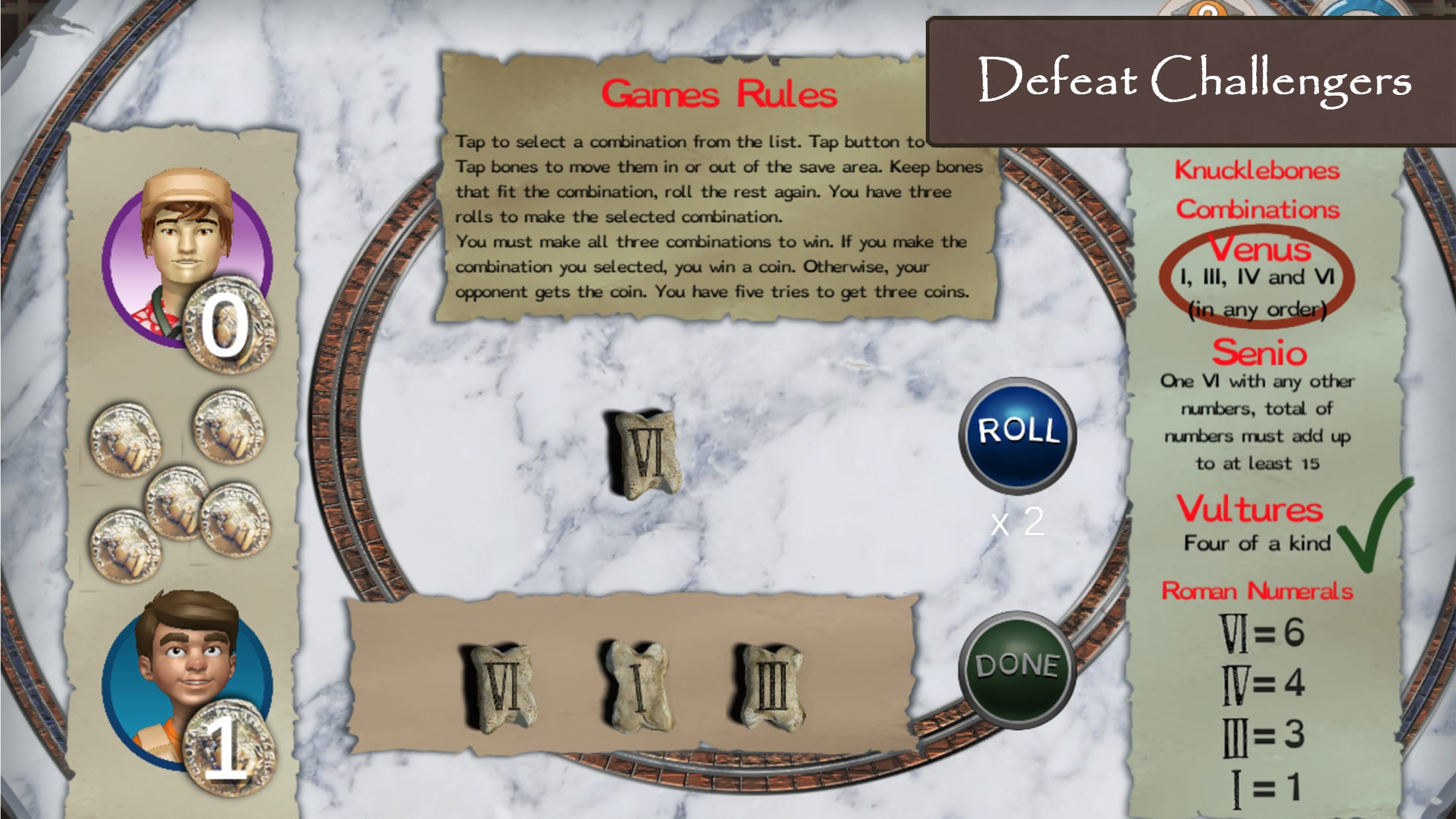
The original Roman Town released in 2010 on CD-ROM and then in 2015 for iOS. It was met with wide critical praise and several awards from prominent sources in educational technology. Among many honors, Roman Town won the 2010 Creative Child Magazine’s Game of the Year, a 2015 Silver Award from the National Parenting Publication Awards, and an On for Learning Award from Common Sense Media.
“Roman Town does a fantastic job of presenting world history in a fun and entertaining context for kids,” said Christopher Healy on Common Sense Media. “Part simulation game, part puzzle game, part mystery — and with a great variety of mini-game material thrown in — this is an educational game that shouldn’t bore kids for even a second.”
Roman Town 2’s completely authentic content aligns to several standards. Among these standards, the game meets the National Council for the Social Studies Curriculum Standards, World History Standards, and Common Core State Standards for Language Arts and Mathematics. For educators planning a unit on Romans, this game is perfect for students. It can be played through in just a few hours- perfect for homework, an in-class activity, or a combination of the two!
Read the full press release on PRWeb.
Download from our website here.
Get it from the App Store here.

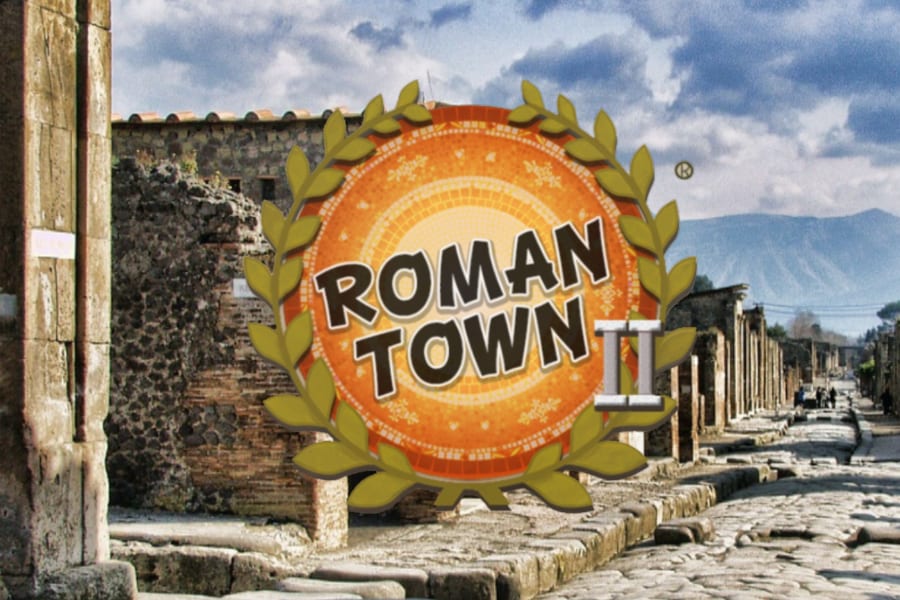
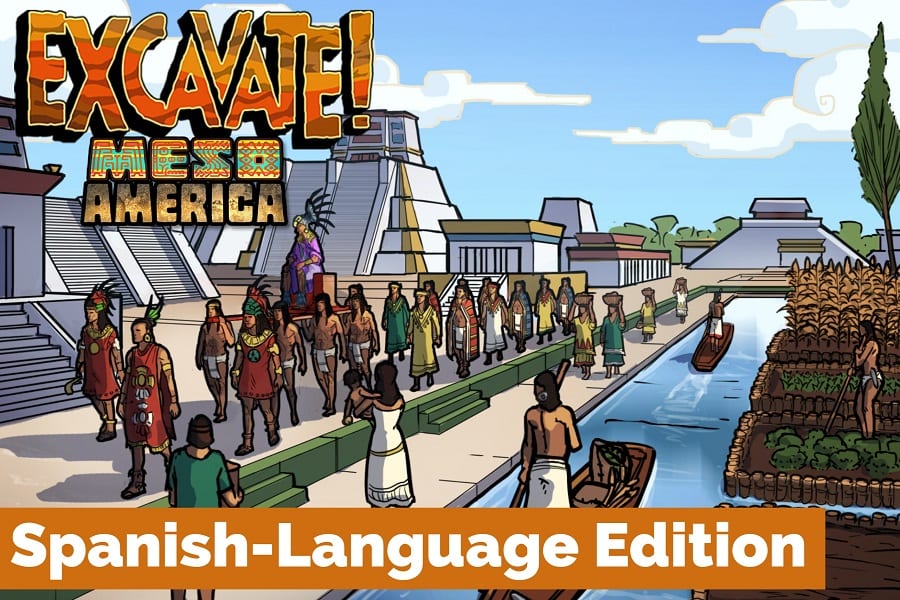
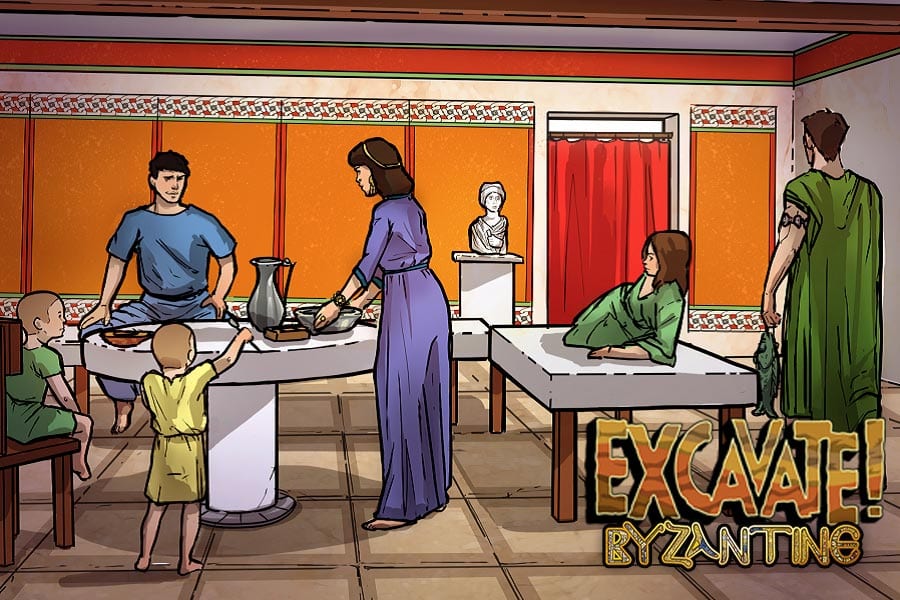

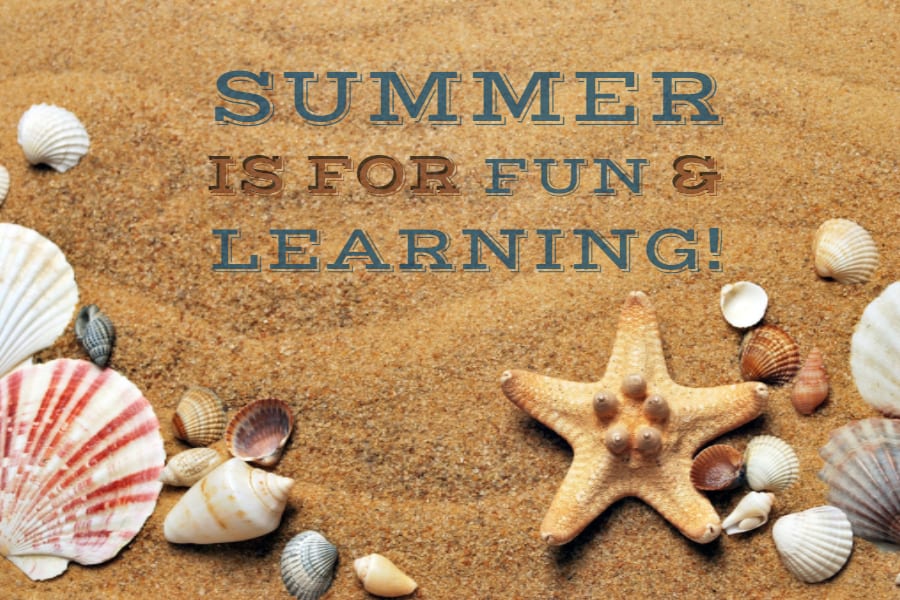



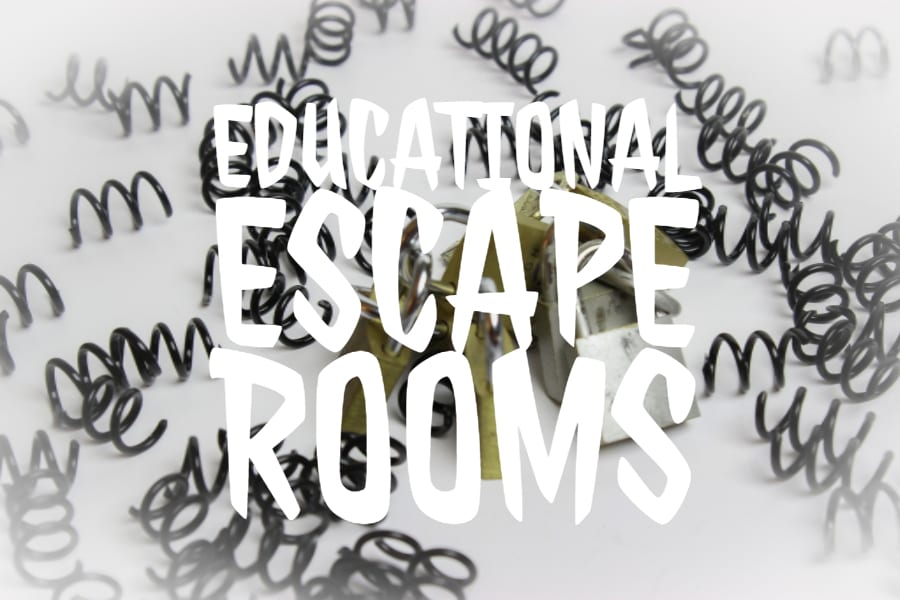


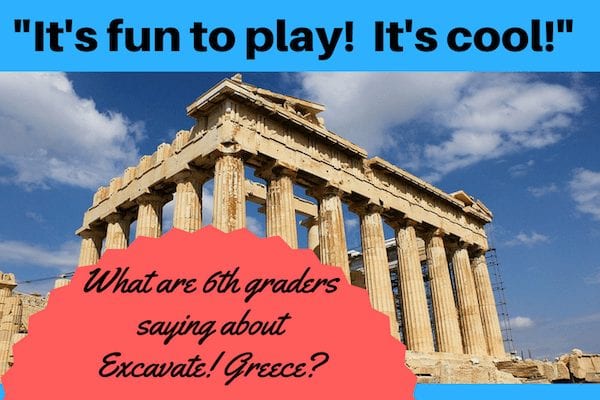
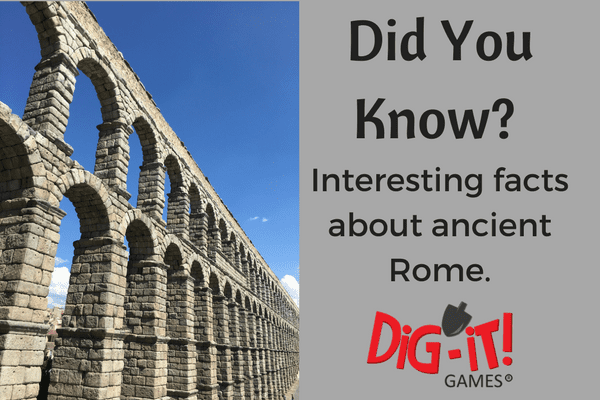
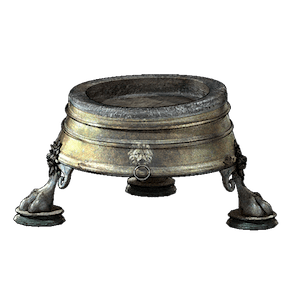 Gladiator Recovery Shake
Gladiator Recovery Shake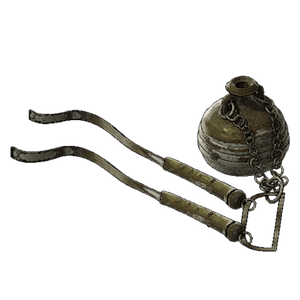 Baths Are for More than Bathing
Baths Are for More than Bathing Second Floor with a View
Second Floor with a View For the Birds
For the Birds

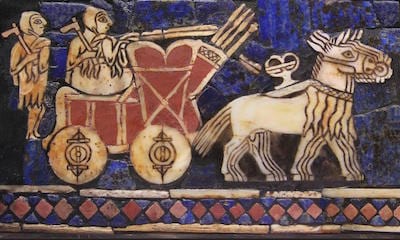
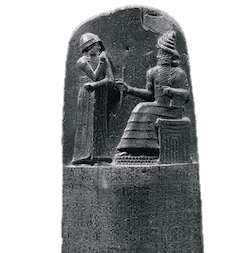
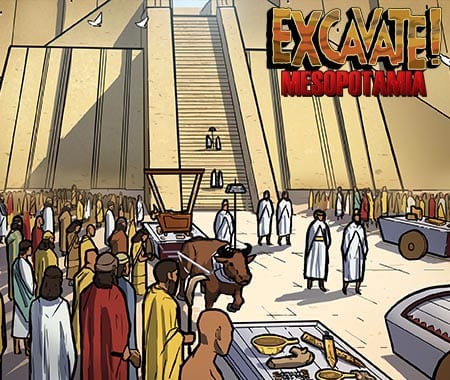

 Ask a teacher what gifts they want for Christmas and they might smile and say any of the following:
Ask a teacher what gifts they want for Christmas and they might smile and say any of the following:
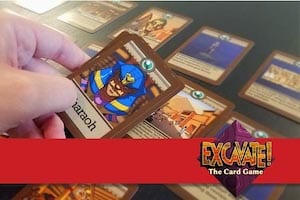 Have a history teacher to buy for? Or have a child that loves history? Check out our Excavate! Card Game. It’s a great way for students to make connections with ancient artifacts. Buy a few decks to make sure the entire class can enjoy! Check them out
Have a history teacher to buy for? Or have a child that loves history? Check out our Excavate! Card Game. It’s a great way for students to make connections with ancient artifacts. Buy a few decks to make sure the entire class can enjoy! Check them out 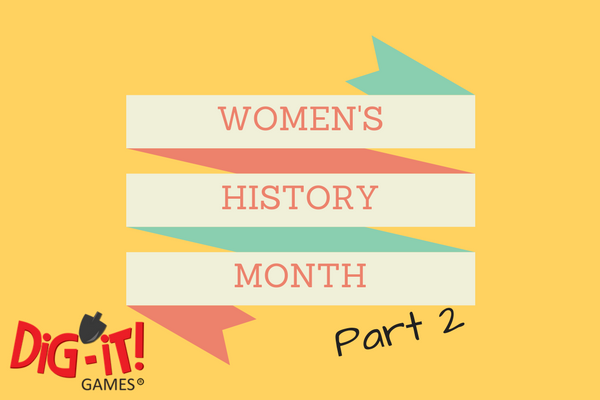
 The first thing you should know is I started learning to code in C# when I was 44 years old. I learned some BASIC coding in high school, but our class spent weeks making a program that printed out a receipt like a cash register. I thought the whole process was stupid and boring. I knew that the Atari games I loved were created by programming, but programming is just memorization of a language written down by someone else. My 17-year-old self wanted to solve important, complicated problems. Real, important problems that required creative thinking were problems like: What causes cancer? What makes us feel stressed out? How does stress affect our immune system? Could we optimize our immune system to fight cancer better? So I threw myself into biochemistry. I loved it. I worked every single day for 3 years, and then for the next 7 years I decided to always take at least ½ a day off every weekend.
The first thing you should know is I started learning to code in C# when I was 44 years old. I learned some BASIC coding in high school, but our class spent weeks making a program that printed out a receipt like a cash register. I thought the whole process was stupid and boring. I knew that the Atari games I loved were created by programming, but programming is just memorization of a language written down by someone else. My 17-year-old self wanted to solve important, complicated problems. Real, important problems that required creative thinking were problems like: What causes cancer? What makes us feel stressed out? How does stress affect our immune system? Could we optimize our immune system to fight cancer better? So I threw myself into biochemistry. I loved it. I worked every single day for 3 years, and then for the next 7 years I decided to always take at least ½ a day off every weekend.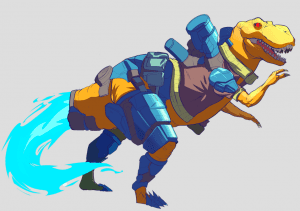 So! Age 44. Starting a career as indie game developer, I learned repeatedly that game development is difficult and time consuming. I also learned (again) how difficult and time consuming writing grants can be. I started working at Dig-It Games in November 2016. Here at DIG we share similar goals: Make games that teach important concepts that people really enjoy playing. I enjoy it here very much. I am developing an RPG about dinosaurs and helping design playtesting sessions and analyze data about learning in our
So! Age 44. Starting a career as indie game developer, I learned repeatedly that game development is difficult and time consuming. I also learned (again) how difficult and time consuming writing grants can be. I started working at Dig-It Games in November 2016. Here at DIG we share similar goals: Make games that teach important concepts that people really enjoy playing. I enjoy it here very much. I am developing an RPG about dinosaurs and helping design playtesting sessions and analyze data about learning in our 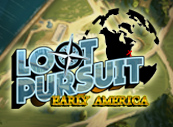
 After five years teaching, I sought out a new adventure and added working at Dig-It! Games to my resume, which allowed me to create educational games and help other teachers learn how to incorporate and use games in their classroom. By working at Dig-It! Games, I have had the honor of working with teachers on how to use games in their classroom and have presented at ETIS in Baltimore, Montpelier, and the National Conference for Social Studies. Most recently, I have been accepted to present at ISTE in June on Game-Based Learning. By play-testing
After five years teaching, I sought out a new adventure and added working at Dig-It! Games to my resume, which allowed me to create educational games and help other teachers learn how to incorporate and use games in their classroom. By working at Dig-It! Games, I have had the honor of working with teachers on how to use games in their classroom and have presented at ETIS in Baltimore, Montpelier, and the National Conference for Social Studies. Most recently, I have been accepted to present at ISTE in June on Game-Based Learning. By play-testing 
 “If you can see it, you can believe you can do it, then you will do it.” This was just one of the many pieces of advice from Dr. Hakeem Oluseyi to students at Roosevelt High School (part of DCPS) in Washington, D.C.. Many of the students had played our game,
“If you can see it, you can believe you can do it, then you will do it.” This was just one of the many pieces of advice from Dr. Hakeem Oluseyi to students at Roosevelt High School (part of DCPS) in Washington, D.C.. Many of the students had played our game, 